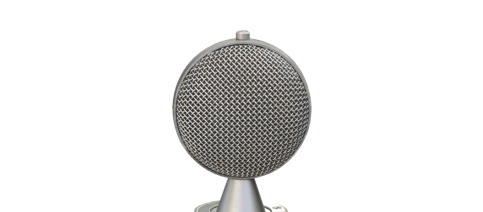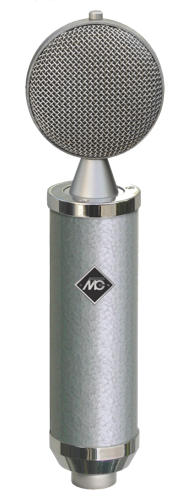Microtech Gefell CMV563 and M7S Review
Microtech Gefell has a heritage that goes way back, but it still has its eye on the future. Huw Price hits the bottle in our review of the new CMV563 and M7S Details Price £4,930 Contact Sound Link 01869 600817 Web www.microtechgefell.de Amazon.co.uk Widgets During World War Two the Neumann company set up a second production […]

Microtech Gefell has a heritage that goes way back, but it still has its eye on the future. Huw Price hits the bottle in our review of the new CMV563 and M7S

Details
Price £4,930
Contact Sound Link 01869 600817
Web www.microtechgefell.de
During World War Two the Neumann company set up a second production facility in the town of Gefell to protect employees and their families from the Allied bombing of Berlin. When Germany was divided after the war the town ended up in East Germany, but the two Neumann branches continued to work closely until the early 60s.
The Gefell factory even produced the capsules used in Neumann’s flagship mics. They made their own mics, too, but they were almost exclusively sold within the Eastern Bloc so didn’t gain the acclaim of their West German cousins. Even so, the reputation of classics such as the CMV551, UM57 and CMV563 has risen hugely, and modern MG mics are regarded as being among the very best.
Gefell Fix it
Many have been mystified by Microtech Gefell’s reluctance to reissue its classic models. Some say that the company is justifiably proud of the advances it has made over the years and regard the current models as technically superior. Others point out that if you had lived through the dark days of the DDR, you’d be disinclined towards nostalgia.
Finally, Gefell has reissued the CMV563 along with the M7S cardioid capsule – so called because it screws onto the body of the mic rather than using the older-style bayonet fixing. The package does include a bayonet adaptor, though, so you can use vintage M7, M8 (figure-8) and M9 or M55K (omni) capsules as well as compatible products from Blue and Violet.
Looking Good
The microphone itself is beautiful to behold, having an authentic hammertone grey finish and pinned metal Gefell badges. The capsule looks just like a mint example from the 1950s, and from the outside the power supply is a dead-ringer as well. The originals didn’t come with suspension mounts but the reissue does, along with Tuchel connectors that actually feel safe – unlike some of Gefell’s vintage contraptions.
The original examples were fitted with an EC92 (aka 6AB4) triode valve but Gefell has chosen an EF86 pentode for the reissue. High-quality EF86s are still plentiful and they perform superbly in Neumann U67s, so we think this may be a smart move. As with virtually every other component, the output transformer is made in-house and access to proper materials guarantees consistency and quality (see the Alternatives box).
Old Versus New
Your correspondent has been the proud owner of two 1950s CMV563s for many years, so we were able to compare the reissue against some original models. Despite having different valves, output and background noise levels were closely matched and the family resemblance is striking.
You will immediately recognise the massive, smooth and authoritative midrange that characterises the classic Neumann sound. The lows are deep and solid but very well defined and there’s not even a hint of treble sheen. Quite the opposite, in fact, because the treble response rolls off quite sharply.
The undeniable colouration is best described as ‘enhanced reality’ and there are no obvious frequency peaks or nulls through the mids. Instead, the theme is a gentle rise from around 200Hz to a 3dB peak around 6kHz. Acoustic guitars and vocals therefore have ample presence and definition, but the CMV563 may fall a little short where full-frequency treble response is required – drum overheads, for example.
Swap Shop
The capsules are interchangeable so we swapped them over and ran another series of tests. The reissue proved to have a little more to offer in the upper mids and demonstrated a tighter low-end response, so it sounded more open but rather less characterful. Even so, the similarities between them were more striking than the differences and the preamp sections sounded more or less the same.
Although nominally cardioid, the pattern doesn’t seem especially tight and it veers towards figure-8 in the upper frequencies. As long as cutting through dense mixes and negligible noise floors aren’t top priorities, this is a fantastic mic and experienced vocalists will enjoy working the proximity effect. When it comes to full-fat, velvety classic Neumann tone, it’s the real deal.
Verdict
+ Vintage Neumann tone
+ Fabulous build quality
+ Proper suspension mount
+ Wood case
– Imperfect cardioid response
– Vintage-spec noise floor
– May struggle with very high SPLs
A fabulous and authentic-sounding reissue of a round-badge Neumann classic built by the same company that made the originals.
9/10


